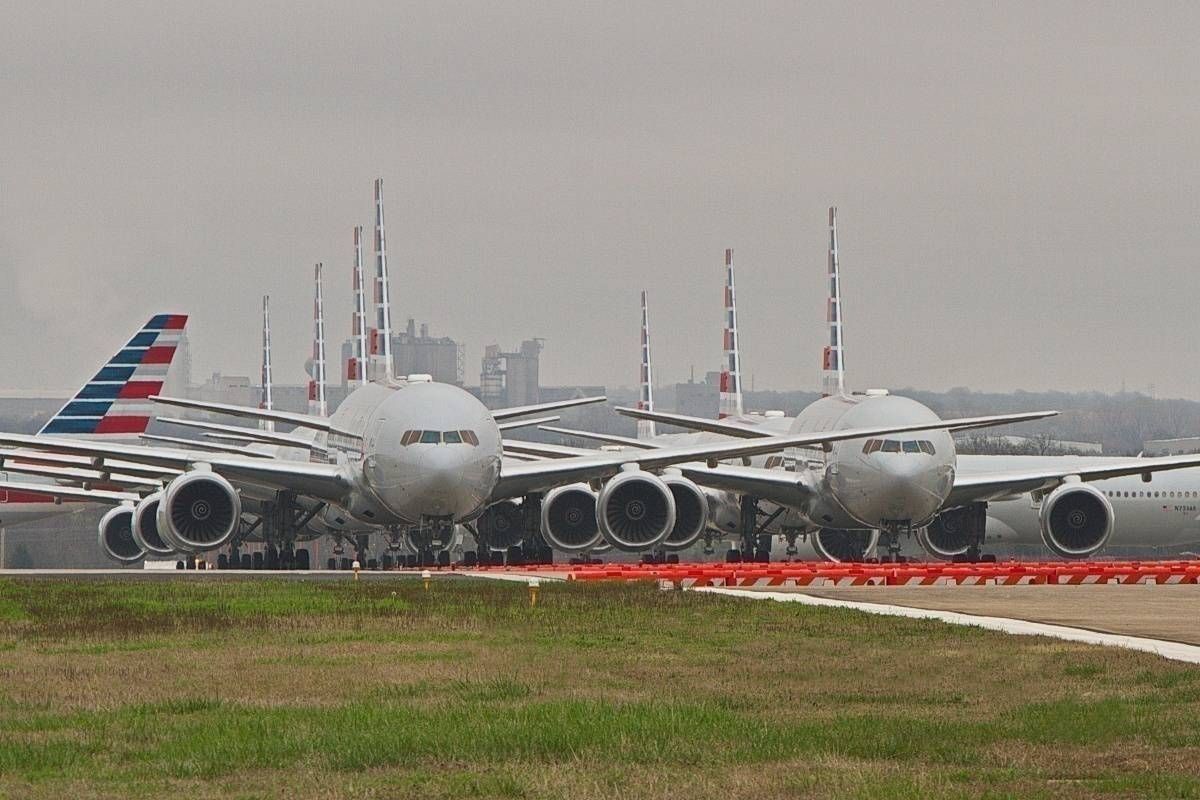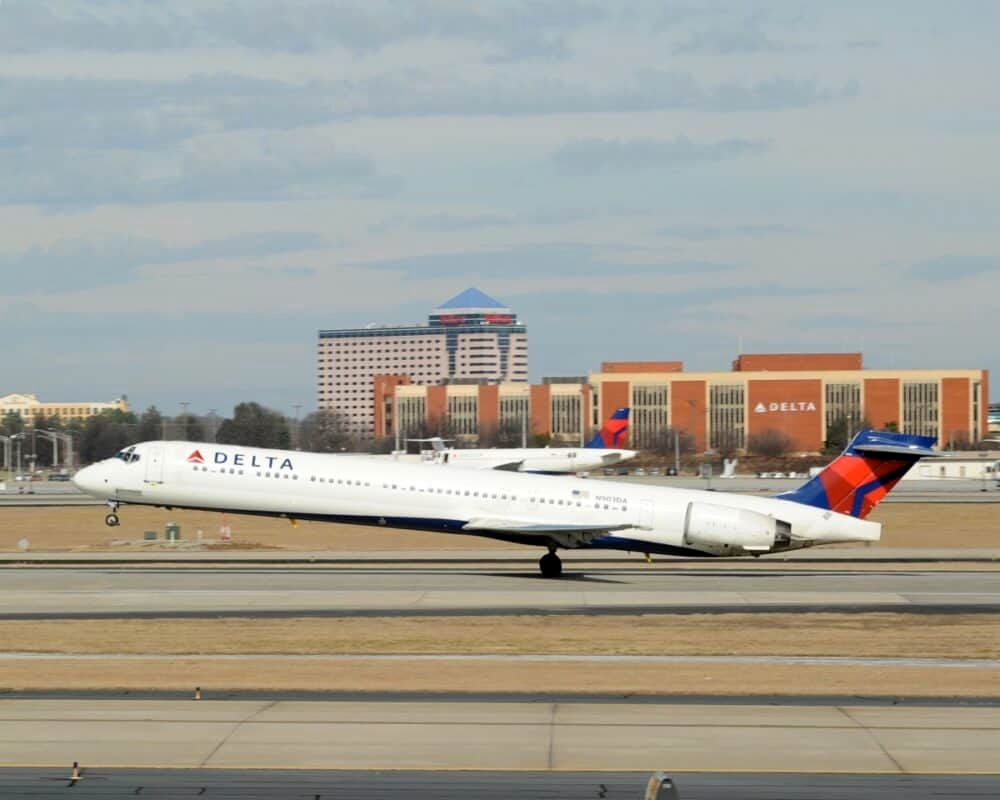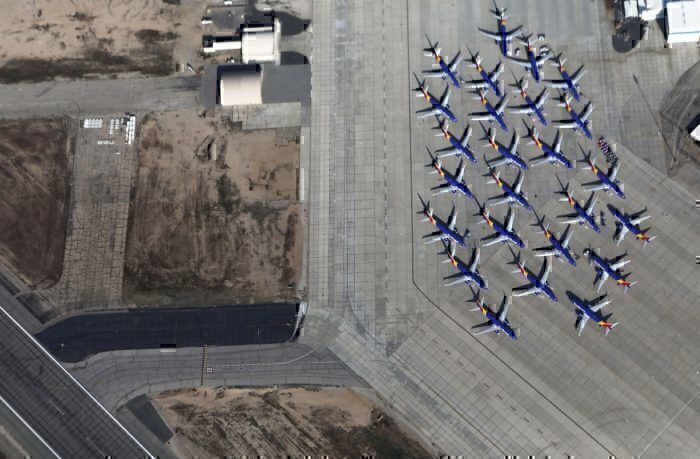The worldwide travel disruption caused by the COVID-19 outbreak didn't just cause airlines to temporarily ground their fleets. The outbreak also gave airlines the impetus to rethink aircraft retirement plans, as well as postponing deliveries of new planes. The result is lots of changes to fleet sizes and new networks. So which airlines now operate the largest fleets in the world? Can anyone compete with the giant US carriers?
America on top
In a word: No. When it comes to total fleet size around the world, US airlines have all the top spots. According to Planespotters, American Airlines comes in first place with a massive 871 planes. The airline's huge fleet is followed very closely by Delta Air Lines with 844 and United Airlines with 810.
Southwest comes in behind the big three with 737 aircraft in its fleet. The slightly smaller US airlines are JetBlue with 266 planes, Spirit has 154 aircraft and Frontier with 98.
For the rest of the world, China Southern operates a fleet of 617, and China Eastern has 565 aircraft. The entire Lufthansa group has a combined 730 aircraft while Air France-KLM has 542. Emirates operates a fleet of 269, Qatar has 234 aircraft, and Etihad has just 103.
Fleet fluctuation
Many of the large airlines have used the downtime from the virus to revaluate their fleets and networks. American is looking to restructure its fleet. Previously the airline had placed an order for 100 Airbus A321neos, but it has changed the delivery schedule as it looks to restructure its network.
On the other hand, Delta is looking to retire its entire fleet of Boeing 777s this year. All 18 aircraft will retire in 2020, and the fleet will focus on newer Airbus A350-900s.
The effect of the virus means that travel demand is expected to be low for the foreseeable future. The result of this is that many airlines are looking to reduce their fleet sizes. But it isn't just the American carriers.
Qatar Airways will reduce its fleet by 25%. TUI will aim to halve its number of aircraft over the coming years. Iberia, Virgin Australia, LATAM, easyJet, Lufthansa, and many others have all announced aircraft retirements and fleet reductions.
Stay informed: Sign up for our daily aviation news digest.
Why are airlines reducing fleet sizes?
Although now is a difficult time for many airlines in terms of immediate finances, it's a great time to update fleets. Grounded aircraft cost money. They are expensive to keep because they have to be stored, as well as kept in good condition. So, many airlines are using this time to retire old aircraft.
Not only does this mean they won't have to pay for the grounded aircraft any longer, but when travel demand rises, it's predicted to do so slowly. This means they won't miss the extra capacity. This allows time for new aircraft to be delivered, resulting in a younger, more modern fleet.
For the American carriers, those with more substantial domestic offerings will see a faster rise in demand. International travel restrictions and mandatory quarantines in countries around the world means that US passengers are likely to travel within the US.
With such an uncertain future for many airlines, we may see some changes as to which airlines have the biggest fleets. American has been in the top spot for a while, but Delta and United aren't far behind. Do you think someone will overtake American for the top spot?




